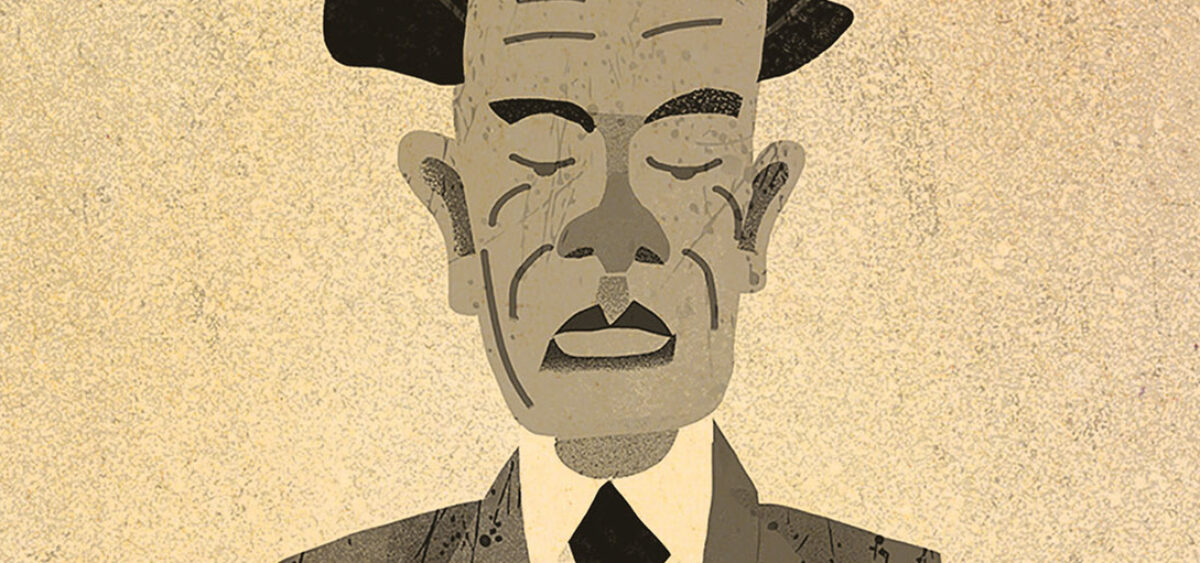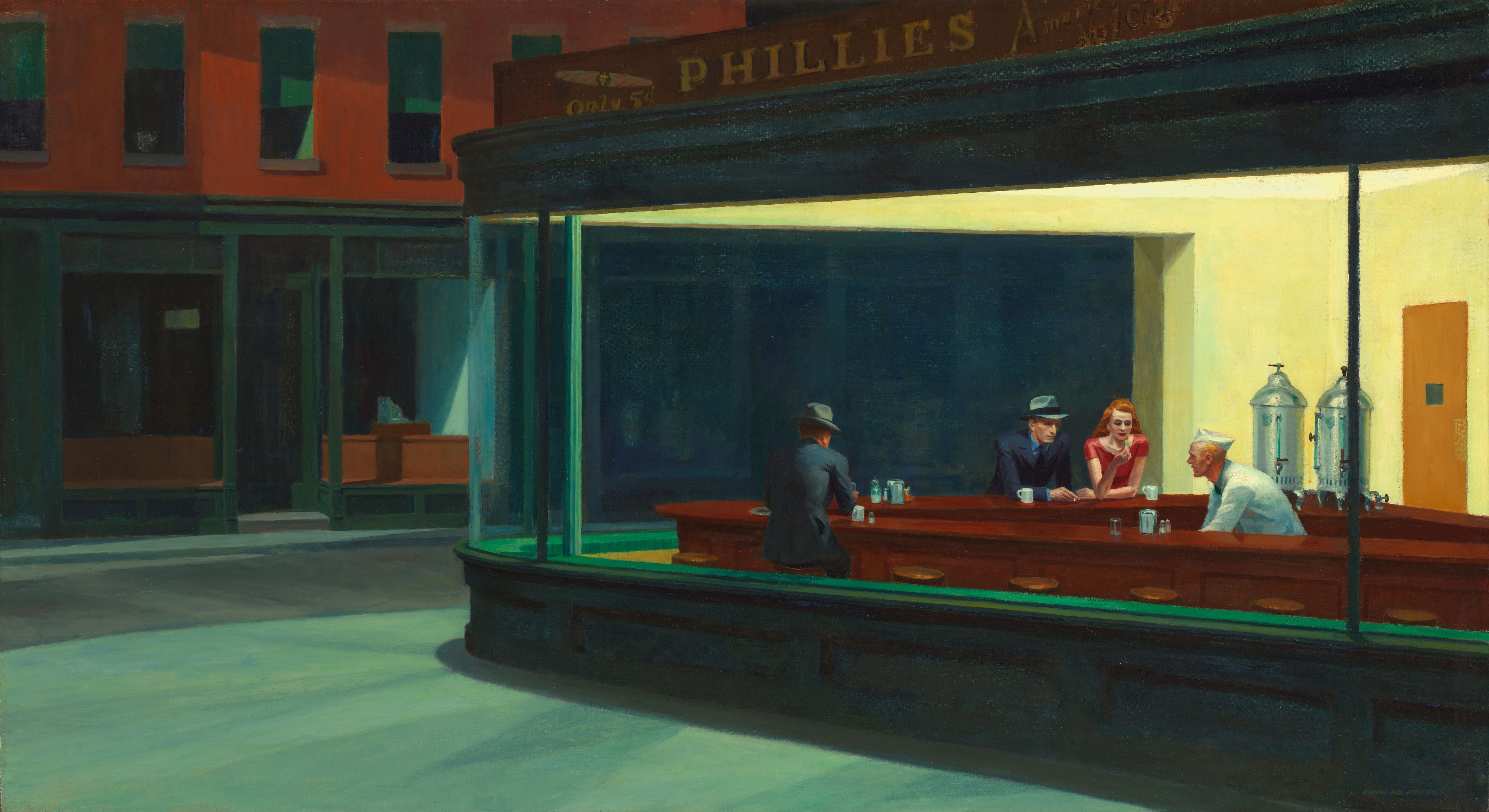
It’s rare for one and the same author to create both a dystopia and utopia. It is exceptionally rare for both works to be renowned and withstand the test of time. It seems that only a single such case is known in the work of Aldous Huxley.
Published in 1932, Brave New World continues to prompt and alert readers’ awareness toward trends observed today. Another novel—Island—still inspires those who see a silver lining. As a writer, Huxley did not make the ordinary evolution from optimism to pessimism, and driven by the concerns of an old-fashioned intellectual engaged in world matters, he did not turn to catastrophic bitterness.
Wolves, Not Termites
When it comes to the anxieties triggered by Brave New World, at the core of its vision is a unified social world without any room for individualism or dissent. The model here is a society imagined as an anthill or a beehive, while the human species—at least according to Huxley—is more like that of elephants or wolves. We need some kind of a group but are never a part of one organism or an interchangeable piece of a whole.
As a result of this infinitely complex evolutionary process, each one of us is different and must remain that way, or else will be made unhappy. The more or less anonymous forces that rule the world are capable of tricking us into forgetting this fact. This is how unifying human intellect is—enabling the possibility to “control” the world.





